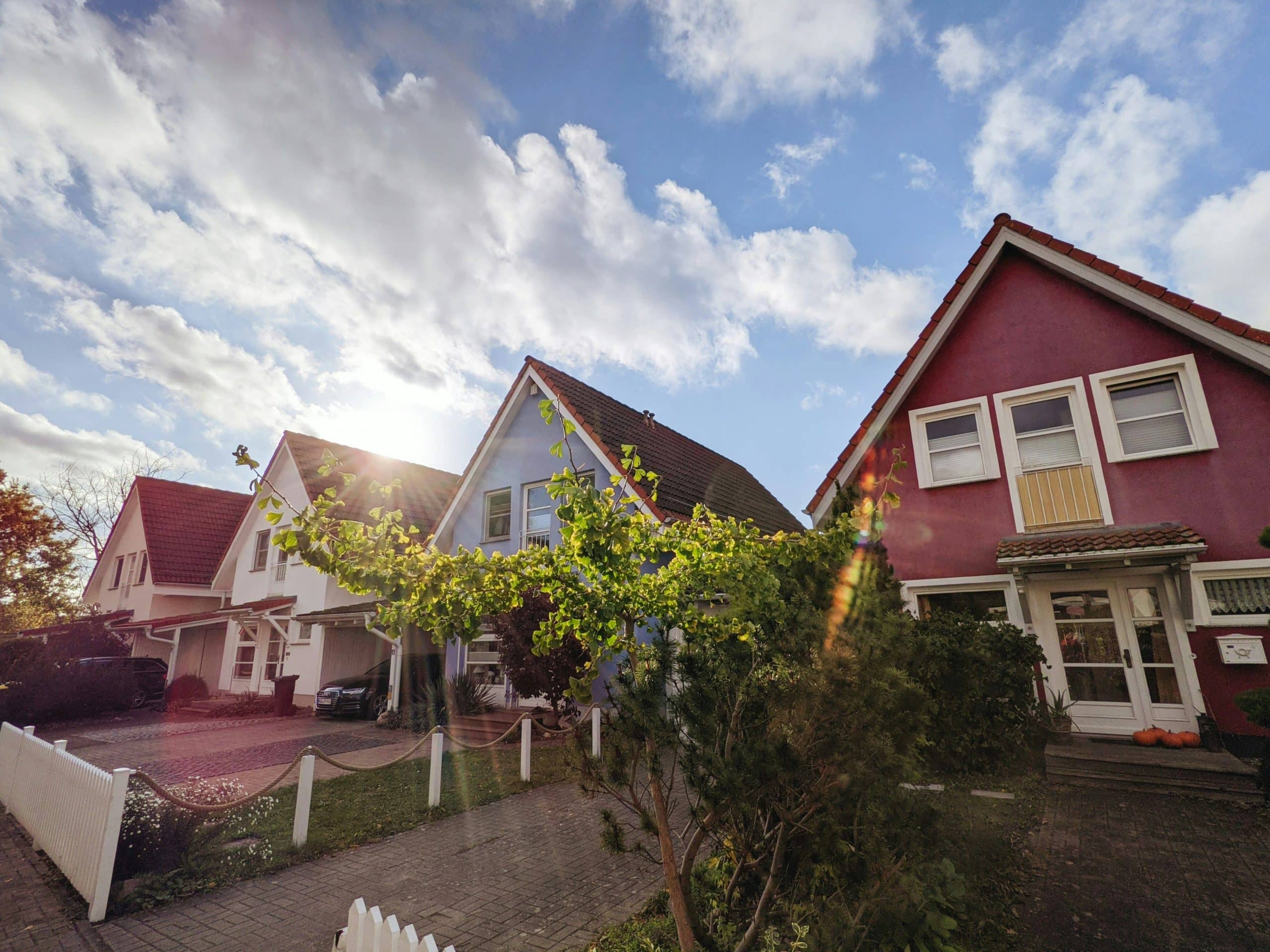How to renovate an old house on a budget

When you first lay your eyes on an old house, it’s easy to see its potential. You can envision the stunning architecture and beautiful design that it once boasted. But beneath that vision, there is often a considerable amount of work that needs to be done. Renovation is an exciting yet daunting project, especially when you’re working on a tight budget. However, with some careful planning and wise decisions, you can transform an old house into your dream home without breaking the bank. In this article, we will guide you through the process, providing tips and advice on how to renovate an old house on a budget.
Setting a Realistic Budget
Before you even pick up a paintbrush, the first step in any renovation project is to set a realistic budget. This will inform your decisions about what renovations you can afford, the materials you will use, and the contractors you will hire.
Cela peut vous intéresser : Succeeding in your balcony vegetable garden
Start by making a comprehensive list of everything that needs to be done in the house. It could be as significant as replacing the roof, or as minor as repainting the living room. Then, do some research to estimate how much each task will cost. Remember to factor in the cost of labor if you plan to hire professionals, and always include a contingency fund for unexpected costs.
To save money, prioritize the essential renovations over purely aesthetic ones. For example, fixing a leaking roof is more important than installing new kitchen cabinets. Once you have a clear picture of the cost, you can start planning your renovation project in detail.
Avez-vous vu cela : How to choose the right mattress
Choosing the Right Materials
The materials you choose for your renovation can significantly impact the overall cost. While you might be tempted to opt for the cheapest options, remember that quality matters. Investing in good quality materials can save you money in the long run because they tend to last longer and require less maintenance.
When it comes to saving money on materials, it’s all about shopping smart. Look for discounts and sales at your local home improvement stores. Consider buying in bulk to get a better deal, especially for items like paint, tiles, and fixtures.
Don’t forget about reclaimed and recycled materials. Not only are they often cheaper, but they also add a unique and eco-friendly touch to your home.
Doing It Yourself vs Hiring Professionals
One of the biggest decisions you will have to make when renovating an old house is whether to do it yourself or hire professionals. Both options have their pros and cons, and your decision will largely depend on your skills, time, and budget.
DIY can save you a significant amount of money, especially on labor costs. If you’re handy and have the time, you could potentially do a lot of the renovation work yourself. However, certain tasks, such as plumbing and electrical work, are best left to professionals due to safety concerns and building codes.
Hiring professionals can expedite the renovation process and help ensure a high-quality finish. However, it’s crucial to get multiple quotes and check references before hiring anyone. Remember, the cheapest quote isn’t always the best option. You want to ensure you’re getting value for your money.
Renovating Room by Room
Tackling your renovation room by room can make the project more manageable and help you keep track of your budget. Start with the rooms that need the most work or the ones you use the most.
Kitchens and bathrooms often require the most significant renovations. However, there are ways to save money. For example, instead of replacing your kitchen cabinets entirely, consider just giving them a fresh coat of paint or replacing the doors.
If you’re on a tight budget, focus on cosmetic changes that will make a big impact. A fresh coat of paint, new light fixtures, and updated window treatments can dramatically improve a room’s appearance without costing a fortune.
Incorporating Smart Design
Good design is about more than just aesthetics. It can also help maximize your home’s functionality and efficiency, which can save you money in the long run.
When planning your renovation, consider how each change will impact the house as a whole. For example, adding insulation and energy-efficient appliances can lower your energy bills.
Incorporate elements that will increase the home’s value, like an extra bathroom or a modern kitchen. While these investments might cost more upfront, they can pay off in the long run if you ever decide to sell the house.
Remember, renovating an old house on a budget takes careful planning, creativity, and sometimes a bit of sweat equity. But with these tips in mind, you can breathe new life into a dated property without blowing your budget. Enjoy the process, and before you know it, you’ll be living in your beautifully renovated home.
Evaluating the Current State of the House
Before you start tearing down walls, it’s crucial to take a thorough assessment of your fixer-upper. This step involves scrutinizing every part of the house, from the plumbing and electrical systems to the structural integrity of the walls and roof. You’ll need to know what you’re dealing with so you can plan your renovations accordingly, and avoid unpleasant surprises later on.
Start by examining the exterior of the house. Note the condition of the roof, siding, and front door. If there are any visible damages or rot, these will need to be addressed first. Next, move on to the interior. Look for signs of water damage, mold, or structural issues like sagging ceilings or cracked walls. Also, pay attention to the condition of the plumbing and electrical systems, as outdated or faulty systems can be both a safety hazard and a significant expense to update.
Having a professional home inspector evaluate the house can be a worthwhile investment. They’ll provide a detailed report of the house’s condition, which can serve as a valuable guide for your renovation plan. Furthermore, hiring a professional is especially important if you’re dealing with older homes, as they often contain hidden problems that can be missed by the untrained eye.
Remember, the better you understand the state of the house, the better you can budget and plan your renovations.
Maximizing Your Living Space
When renovating an old house on a budget, one key strategy is maximizing your living space. This doesn’t necessarily mean knocking down walls or adding extensions. Instead, think about how you can make the existing space more functional and efficient.
One cost-effective way to create a sense of spaciousness is through clever interior design. Light colors, mirrors, and strategic furniture placement can make a room feel larger than it actually is. Likewise, opening up doorways or swapping solid doors for glass ones can also create a more open feel.
Consider multi-functional furniture such as a bed with storage underneath or a coffee table that converts into a dining table. These pieces can help you make the most of your living space without requiring any major renovations.
In the kitchen, maximize your storage space by installing shelves on unused wall spaces or adding a kitchen island with cabinets. If your kitchen cabinets are in good condition, consider giving them a fresh coat of paint to refresh their look without the cost of replacement.
Another way to add value to your property is by upgrading outdoor spaces. A well-maintained garden or a comfortable patio can serve as additional living spaces, especially during warmer months.
Remember, the goal of house renovation is not just to make it look good, but also to make it functional and comfortable for you and your family.
Conclusion
Renovating an old house on a budget is a challenging yet rewarding endeavor. It involves careful planning, strategic decision making, and a lot of hard work. However, by setting a realistic budget, choosing the right materials, doing some of the work yourself, tackling the renovation room by room, incorporating smart design, evaluating the house thoroughly, and maximizing your living space, you can transform a rundown fixer-upper into a comfortable and valuable property.
While this guide has provided you with some basic strategies, always remember that every house and every renovation project is unique. Use this information as a starting point, and continue reading and learning. Your hard work and dedication will pay off when you see your vision come to life.
Your dream of owning a beautifully renovated home that reflects your style while staying within your budget is entirely achievable. And who knows, you might even develop a new passion for real estate along the way! Stick with it, and before you know it, you’ll be welcoming guests into your beautiful, budget-friendly home.
Our editorial team hopes this guide has been useful. Remember, anything is possible with some creativity, planning, and a little sweat equity. Happy renovating!
